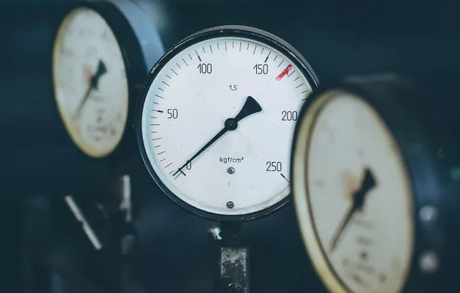

In September 2020, China made a solemn commitment to the international community at the United Nations General Assembly that China will reach its carbon emission peak of 11.6 billion tons in 2030, that is, carbon peaking. After that, it will decrease year by year, and by 2060, net carbon emissions will be reduced to 0, that is, carbon neutral. The dual carbon policy has been officially listed as a national policy during the 14th Five-Year Plan period, where carbon refers to the greenhouse gas represented by carbon dioxide. However, manual carbon inventory (calculating the greenhouse gases directly or indirectly emitted by the government, enterprises, etc. in all aspects of social and production activities) requires a lot of manpower and material resources.
In the field of the Internet of Things, many companies have noticed the huge development space of this industry, and have begun to make arrangements to enable gas monitoring by means of the Internet of Things. By observing the leading companies in the industry, you can find many opportunities to imitate and follow.
Principles of gas monitoring, smart environmental protection industry chain

From the field of gas detection, the gas detection system is generally divided into a control part, a sensor part, and a management platform part, which can realize functions such as remote unattended, real-time data return, over-limit alarm, equipment linkage, and data analysis. From the perspective of the Internet of Things, gas monitoring generally requires sensors (perception layer), information transmission devices (transmission layer), data collection and analysis platform (platform layer), and different technologies are used according to different scenarios. The transmission module is monitored.
The main challenges faced in traditional air pollution control are: 1. The monitoring points are fixed, and the cost of a single point is high, making it difficult to deploy large-scale points. 2.The gas composition is diverse. Sometimes it is necessary to monitor not only common gases such as carbon dioxide, nitrogen, oxygen, and hydrogen, but also harmful gases such as sulfur dioxide and formaldehyde. 3. There are hidden dangers in data security. The transmission process of data from the sensor to the RTU to the monitoring platform is not encrypted, so that offenders can take advantage.
There are two main types of gas monitoring industry chains. The traditional industrial chain records through gas sensors and records data through manual scanning to complete the monitoring of gases. The gas monitoring industry chain based on the Internet of Things is monitoring through sensors, using Bluetooth, NB-IoT, Zigbee, GPRS and other means to transmit information, and finally collect, record and analyze data through big data and cloud computing software platforms.
The gas sensor industry and the gas monitoring industry have always existed, but with the introduction of the "carbon neutrality" policy, many companies have transformed or joined this industry, hoping that based on the advantages of the company's original business, they can finally get a share in the field of carbon neutrality soup. At present, carbon inventory mainly includes traditional data retention through terminals, using manual statistics; and data uploading to the cloud, using servers for data fusion and calculation. The industry is in a growth stage, and there are different degrees of competition in all directions.
More exciting articles welcome to visit to the official website :https://www.cdebyte.com







